Super Easy Rabdi Recipe | Kesar Mawa Rabri Recipe
When it comes to Indian desserts, one name that consistently stands out for its unparalleled richness and flavor is “Rabdi.” This sumptuous sweet treat holds a special place in the hearts of dessert enthusiasts across the country. Its history, preparation, and indulgent taste make it a true masterpiece of traditional Indian sweets. Today, we delve into the world of Rabdi, uncovering its origins, ingredients, preparation process, and the sheer joy it brings to those lucky enough to savor its exquisite taste.
Yesterday, I made this rabdi and oh my god it was sooo delicious and my family was also very happy after eating it. It is delectable dessert. If you make Rabri once, I bet you will definitely make it twice. 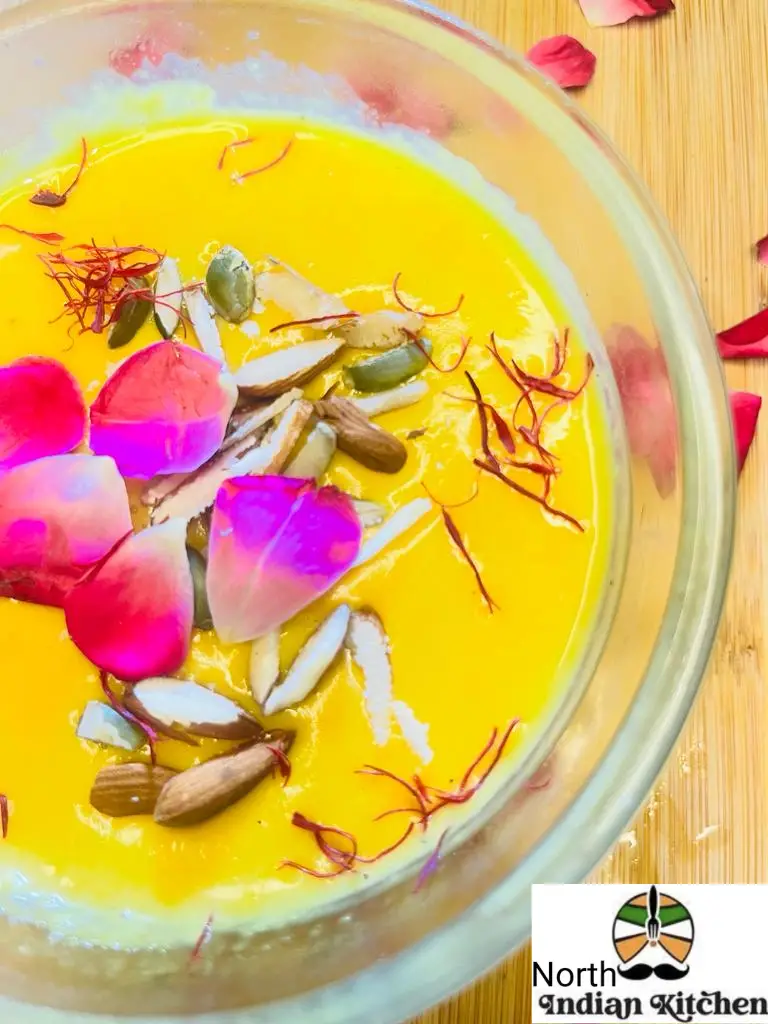
The Origin of Rabdi
Rabdi, also known as Rabri, traces its roots back to the kitchens of the Indian subcontinent, particularly in North India. This delectable dessert is believed to have originated in Rajasthan and Uttar Pradesh, where it was prepared during festive occasions and celebrations. Over time, Rabdi‘s popularity spread across different regions, each adding its own unique twist to the classic recipe.
The Preparation of Rabdi (Step by Step with Pics)
- Take a kadai, add 1litre milk and heat it on medium high flame. Take thick milk with cream as it will create a great thickness in rabdi. Boil it for about half an hour.
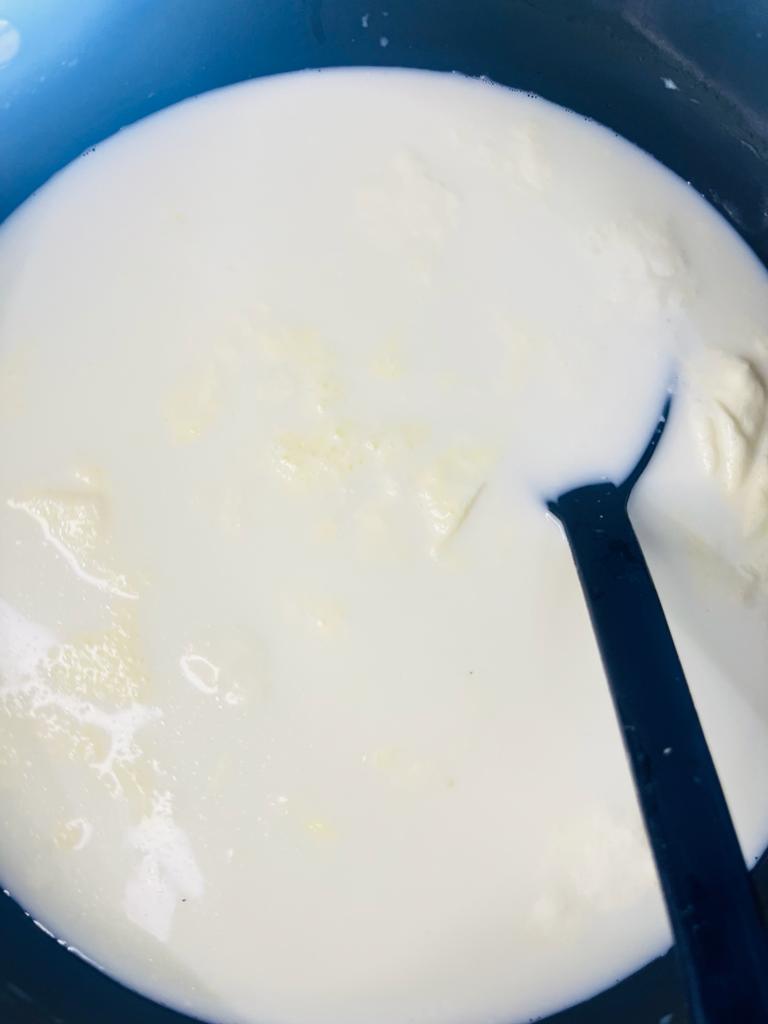
- Remove the cream from the sides of kadai with big serving spoon.
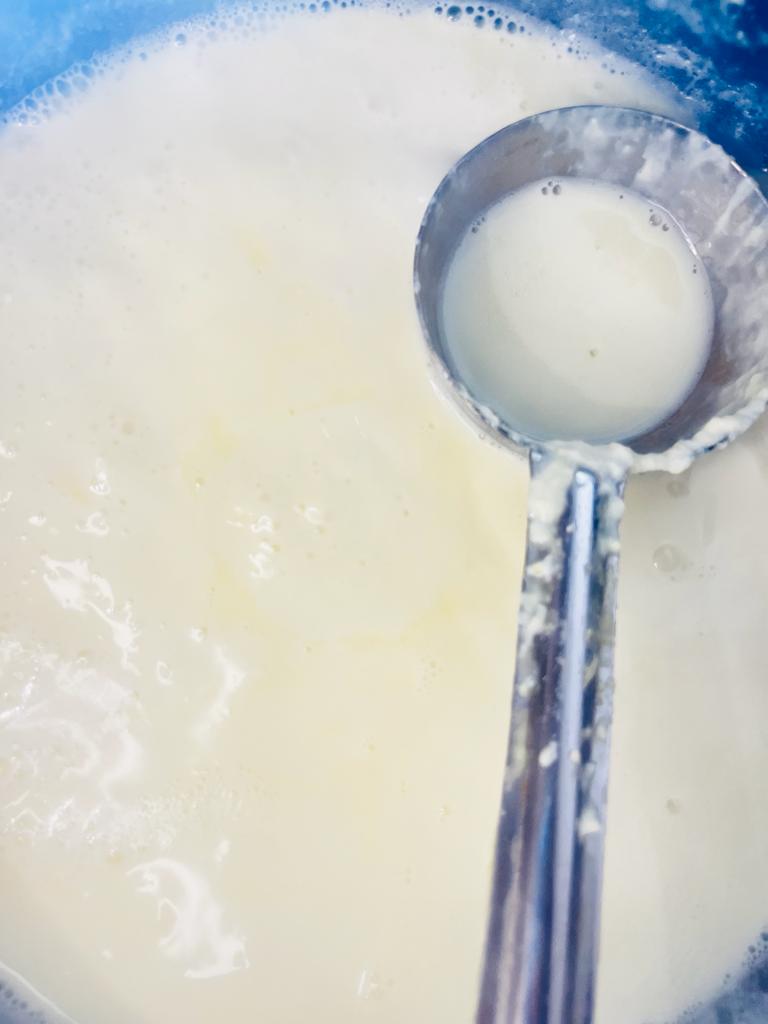
- When milk becomes half the kadai add 1/2 cup sugar in it.
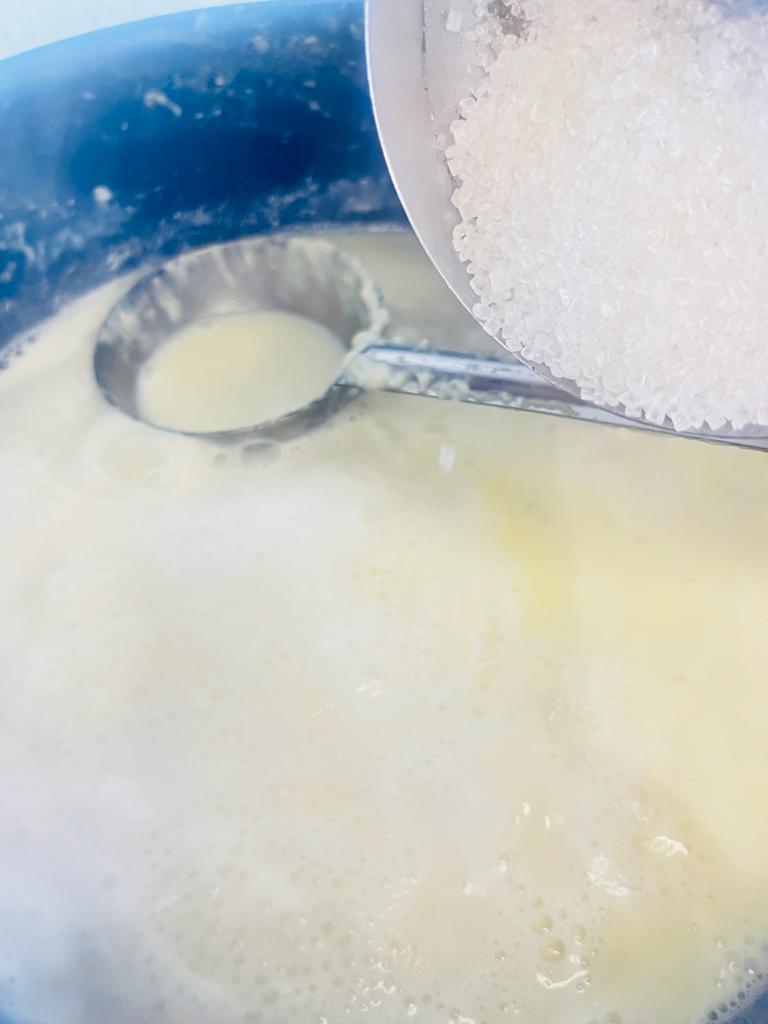
- Now append 1/4 teaspoon elaichi powder.
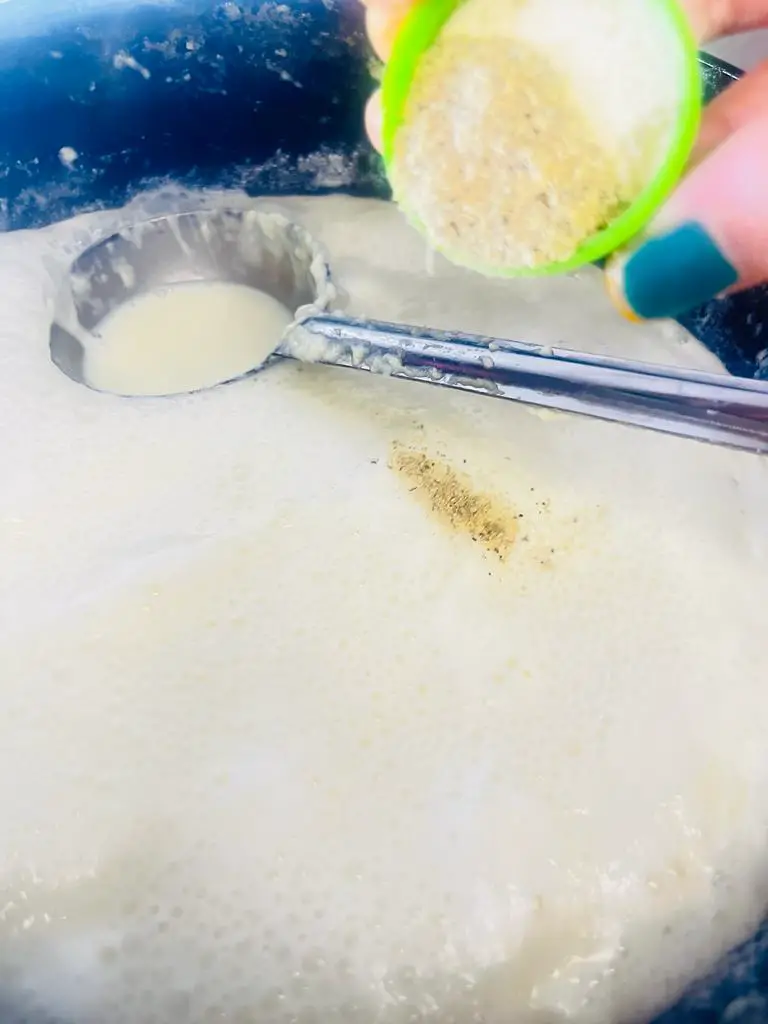
- Last but not the least add 15-18 eatable saffron mixes with water. Stir gently.
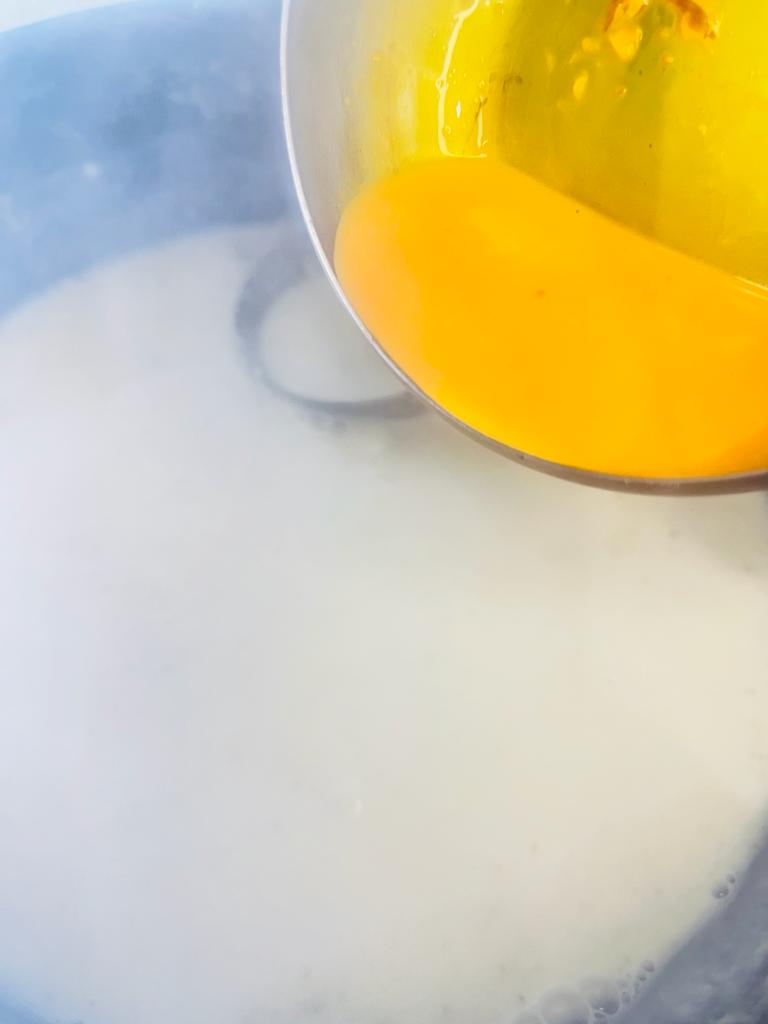
- Now cook it until rabdi gets boil.
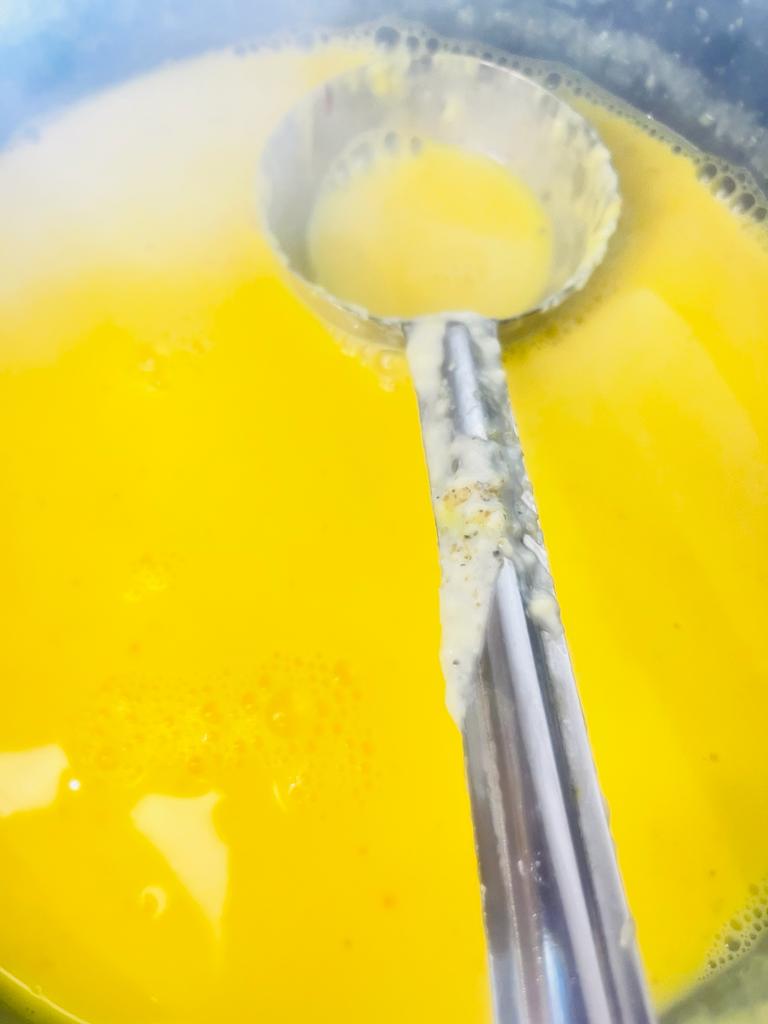
- Transfer the prepared rabdi in a bowl and place it in refrigerator.
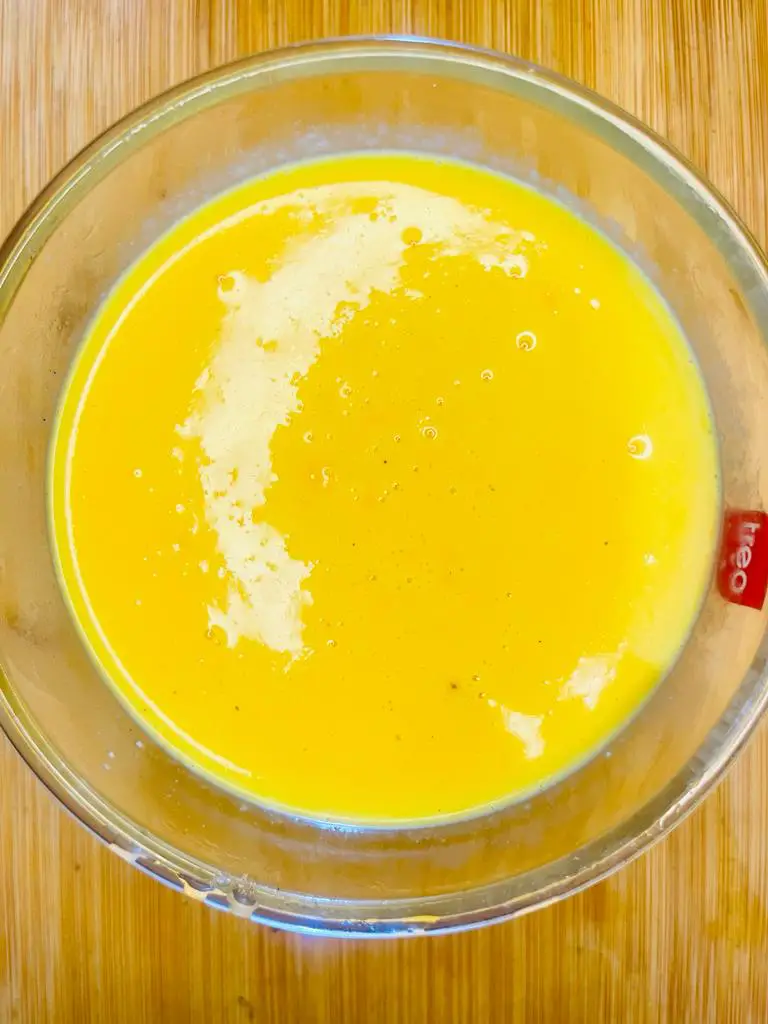
- After getting cold garnish almonds, pistachios, saffron strands and some rose petals.
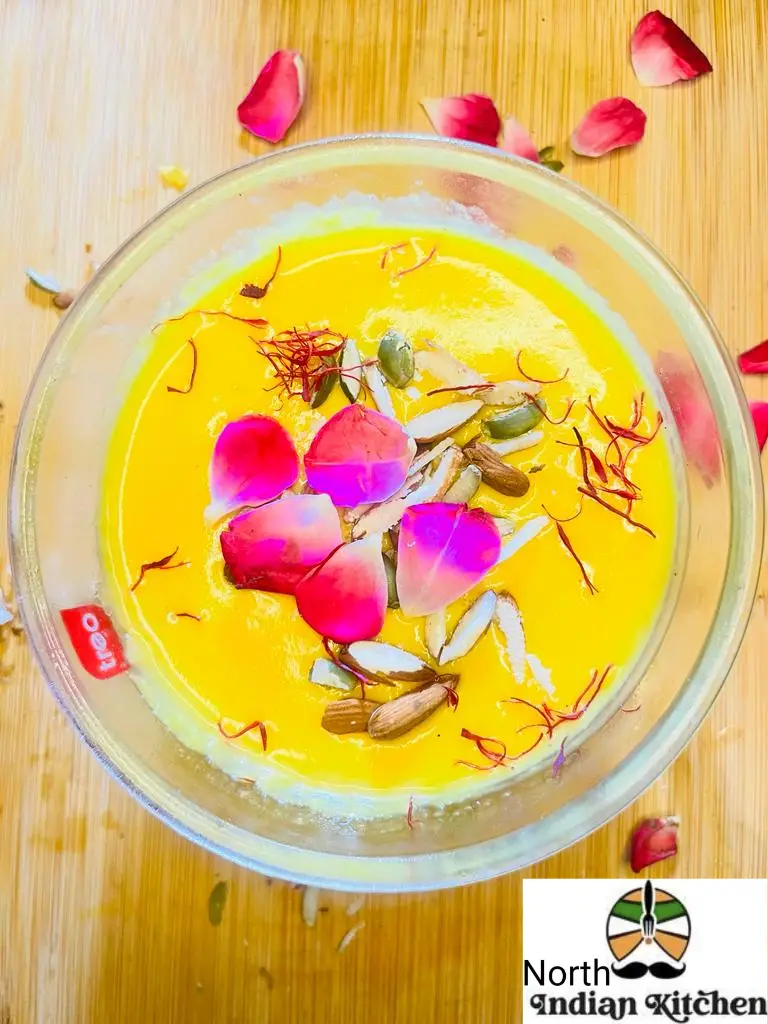
Your delicious rabdi is ready to serve with ghevar, malpua or jalebi. You can serve it standalone also as a dessert.
Serving and Enjoying Rabdi
Rabdi is typically served chilled, allowing its flavors to meld and intensify. It can be enjoyed on its own, garnished with chopped nuts and a sprinkle of saffron strands. Alternatively, it can be used as a decadent topping for other desserts like malpua (fried pancakes) or jalebi (syrup-soaked spirals). In recent years, Rabdi has even found its way into contemporary desserts like ice creams, cakes, and pastries.
Expert Tips
Choose Quality Ingredients: Since Rabdi relies on a few simple ingredients, it’s crucial to use the best quality milk, sugar, and nuts available. Opt for full-fat milk for the creamiest result and fresh, high-quality nuts for optimal flavor and texture.
Patience is Key: Rabdi’s rich consistency is achieved through slow and patient cooking. Allow the milk to simmer over low heat, stirring frequently to prevent sticking or burning. The longer you simmer, the thicker and more flavorful the Rabdi will become.
Stir Regularly: Stirring is essential to prevent the milk from scorching at the bottom of the pan. Regular stirring also helps incorporate the cream layers back into the mixture, enhancing the overall creaminess.
Control the Thickness: Adjust the thickness of Rabdi to your preference. For a thicker Rabdi, continue simmering until it reaches your desired consistency. If you prefer a slightly thinner consistency, you can reduce the cooking time.
Flavor Infusion: Experiment with flavor additions to elevate your Rabdi. Add a pinch of saffron strands soaked in warm milk for a vibrant color and exotic aroma. You can also include crushed cardamom pods or a few drops of rose or kewra essence for a unique twist.
Nuts and Garnishes: Roast the nuts lightly before adding them to the Rabdi. This enhances their flavor and adds a delightful crunch. Reserve some nuts for garnishing at the end to add both visual appeal and texture to the dessert.
Cooling and Chilling: Once the Rabdi reaches your desired thickness, remove it from the heat and allow it to cool to room temperature before refrigerating. Chilling the Rabdi not only enhances its flavor but also helps it set further.
FAQs
Q. What is Rabdi?
A. Rabdi, also known as Rabri, is a traditional Indian dessert made from milk, sugar, and nuts. It is known for its rich, creamy texture and is often flavored with ingredients like saffron, cardamom, and rose essence.
Q. How is Rabdi different from other Indian sweets like Kheer or Kulfi?
A. While all three are popular Indian desserts, they differ in preparation and texture. Rabdi is made by reducing and thickening milk over low heat, resulting in a creamy consistency. Kheer is a rice pudding made with milk and rice, while Kulfi is a dense, frozen dessert made from milk and sugar.
Q. Can I use low-fat milk to make Rabdi?
A. While you can use low-fat milk, it may result in a thinner and less creamy Rabdi. For the best results, it’s recommended to use full-fat milk, as the fat content contributes to the dessert’s richness and texture.
Q. Is Rabdi difficult to make at home?
A. Making Rabdi requires patience and consistent stirring, but it is not overly difficult. It does require some attention to prevent scorching and to achieve the desired texture. With practice and following the right steps, you can successfully make Rabdi at home.
Q. How can I prevent the milk from sticking to the bottom of the pan?
A. To prevent sticking, make sure to use a heavy-bottomed pan and stir the milk frequently. Scraping the sides and bottom of the pan while stirring helps prevent the milk solids from sticking.
Q. Can I make Rabdi in advance? How should I store it?
A. Yes, Rabdi can be made in advance. Allow it to cool to room temperature before refrigerating it. Store Rabdi in an airtight container in the refrigerator for up to 2-3 days. Before serving, you might need to adjust the consistency by adding a little milk and gently reheating.
Q. Can I add fruits to Rabdi?
A. Yes, you can add fruits like chopped mangoes, strawberries, or even crushed dried fruits like raisins to Rabdi for added flavor and texture. However, add the fruits just before serving to maintain their freshness.
Enjoyed this recipe? Then Try our Other Dessert Recipes
Please be sure to rate this recipe or leave a comment below if you have made it. For more vegetarian & non – vegetarian inspirations, Sign Up for my emails or follow me on Instagram, Youtube, Facebook, Pinterest or Twitter.
Rabdi Recipe Card
Equipments
Ingredients
- 1 litre Milk(whole milk)
- ½ cup Sugar/ as required
- ½ teaspoon Elaichi powder
- 15-18 Saffron Strands
For Garnishing
- 8-10 Almonds
- 4-5 Pistachios
- 7-9 Saffron strands
- Some Rose petals
Instructions
- Take a kadai, add 1litre milk and heat it on medium high flame. Take thick milk with cream as it will create a great thickness in rabdi. Boil it for about half an hour.2. Remove the cream from the sides of kadai with big serving spoon.3. When milk becomes half the kadai add ½ cup sugar in it.4. Now append ½ teaspoon elaichi powder.5. Last but not the least add 15-18 eatable saffron mixes with water. Stir gently.6. Now cook it until rabdi gets boil.7. Transfer the prepared rabdi in a bowl and place it in refrigerator.8. After getting cold garnish almonds, pistachios, saffron strands and some rose petals.Your Delicious Rabdi is ready
Video
Notes
- Use the whole fat milk when preparing a perfect rabdi as it will give a thickness to the dish.
- Cook milk until it gets thick.
- You can adjust dry fruits & saffron strands quantity as per your licking.

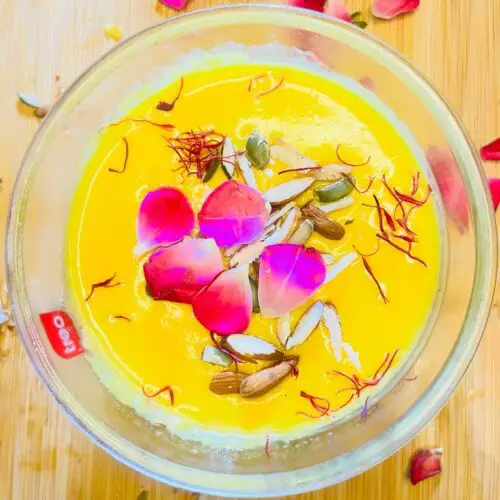

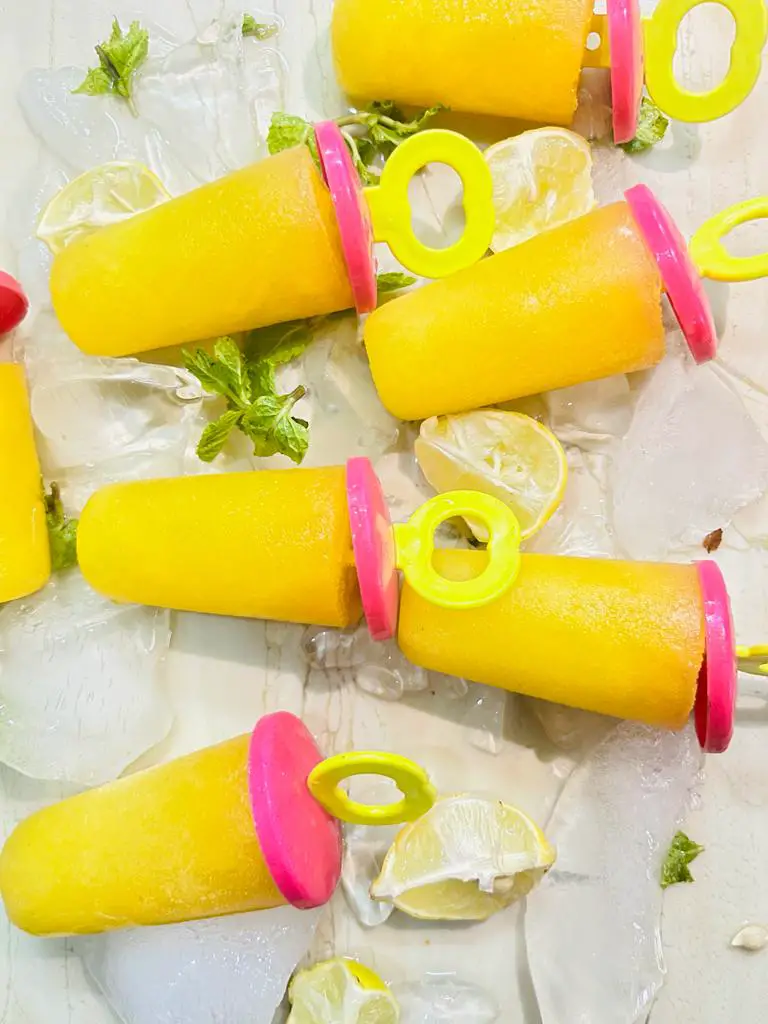
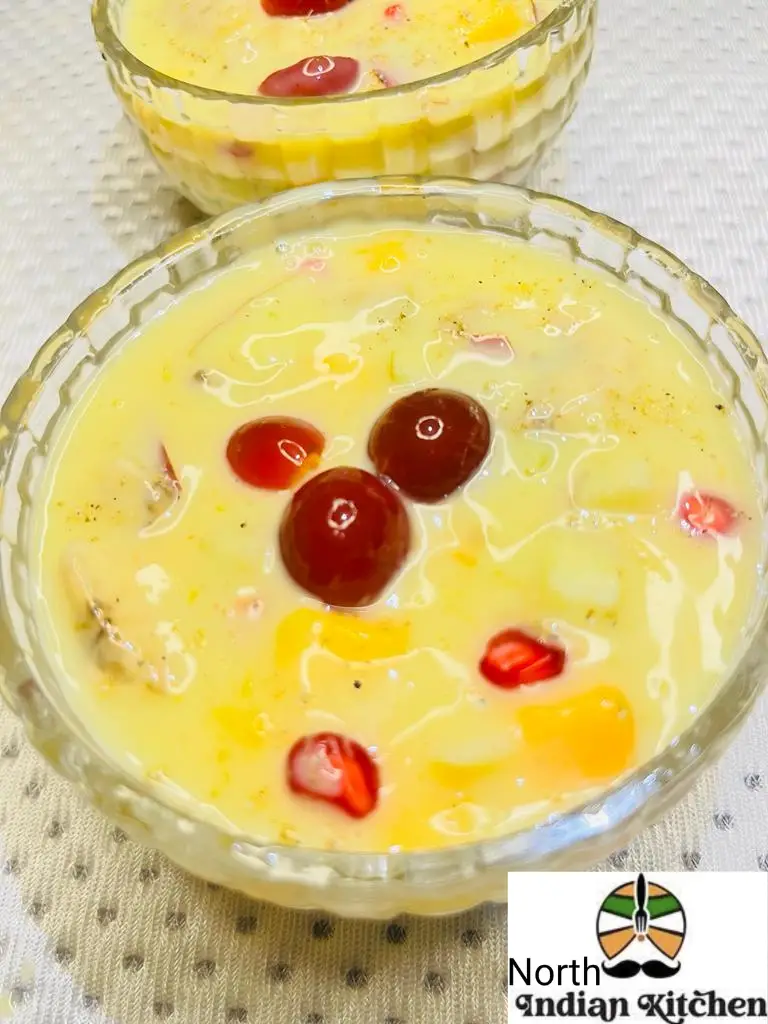
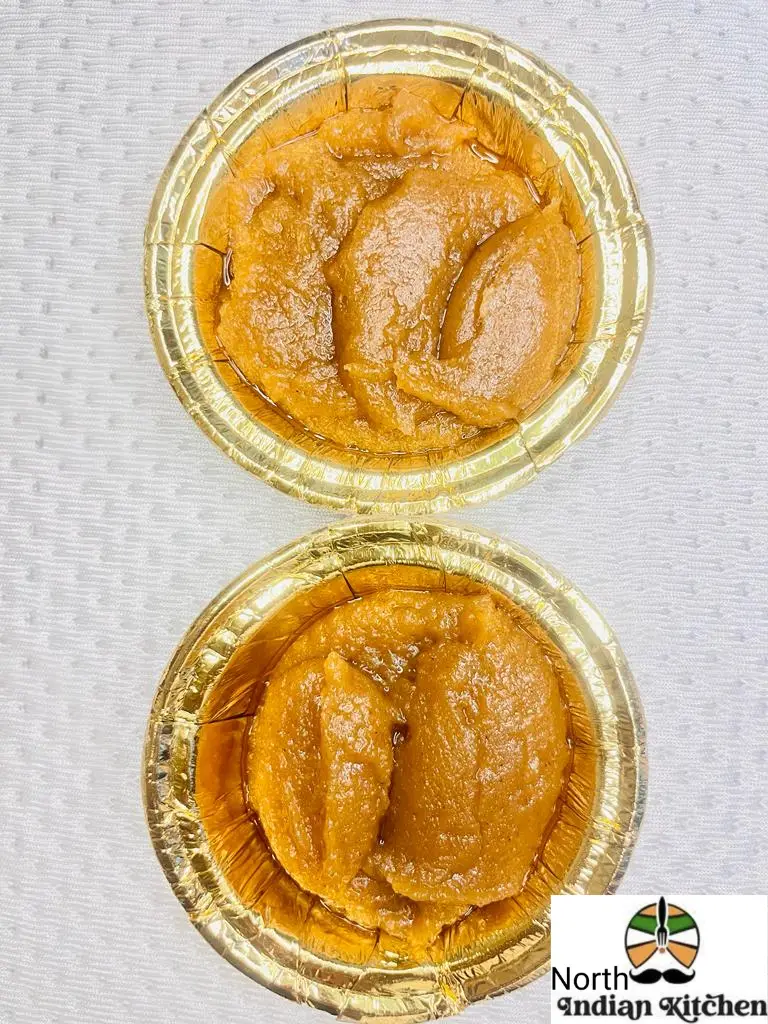
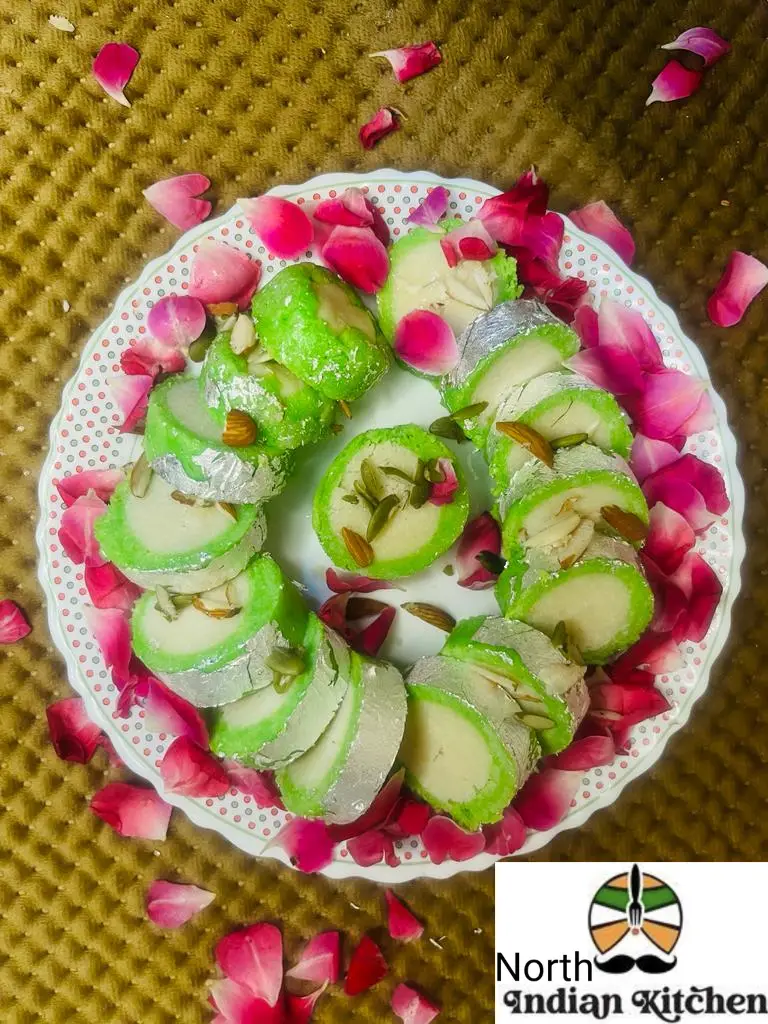

So yummy dessert.
Thanks for your feedback. We are very glad that you like our recipes.